Mapping Ecosystems
Regenerative Artificial Biological Machines
Module at Central Saint Martins | UAL | MA Biodesign
with contributers - Boqun Huang, Hash Wu, Luis Martinez, Sanna Rokka
As part of our course, we undertook a comprehensive analysis of London's water bodies. This revealed a significant ecological challenge: hypoxia, a condition characterised by depleted oxygen levels. To address this issue, our team played with the idea of a speculative design solution, we called it ProTeo.
Our research delved into the global occurrence of harmful algal blooms (HABs) to gain a broader understanding of water quality issues. This analysis highlighted the potential benefits of algal and duckweed blooms, inspiring us to explore a symbiotic relationship between these organisms and the aquatic environment.
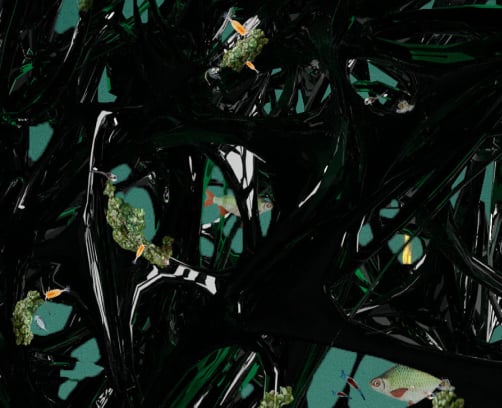

Imagining a future where technology and nature coexist symbiotically, ProTeo aims to promote resource-sharing and healthier interactions among organisms within the water body. The design process was grounded in speculative thinking, with early ideas evolving through multiple prototypes and renders. Inspired by the Protea flower, ProTeo merges botanic aesthetics with futuristic design, symbolizing the fusion of nature and innovation. As a self-reliant system, it is envisioned to seamlessly integrate into its environment, operating autonomously while visually harmonizing with the ecosystem.
Purpose & Design
Visualising slow algal growth on the submerged tendrils
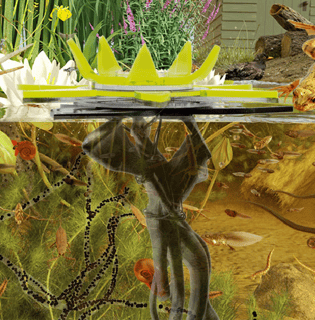

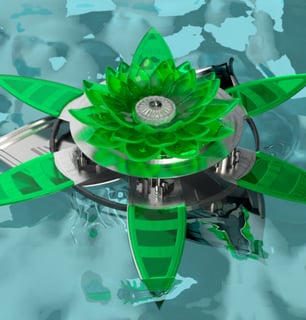

The system consists of several key components designed for optimal interaction with its environment. At the top, a photon transformer captures sunlight and converts it into renewable energy, supported by photon receptors and collectors using AuReus solar panels for photon absorption and storage. The receptor joint connects the two halves of the structure, ensuring stability. A structural support and flotation device enable ProTeo to float on the water’s surface. Below, tendril connectors and tendrils mimic organic roots, facilitating interaction with, and growth surface for algae, while oxygenators release oxygen into the water through photosynthesis.
Inspired by the water lily, ProTeo's bio-mimicking design enables it to float and perform bio-remediation, addressing nutrient excess and hypoxia in aquatic ecosystems. Its seamless integration helps restore balance in dead zones while promoting ecosystem health.
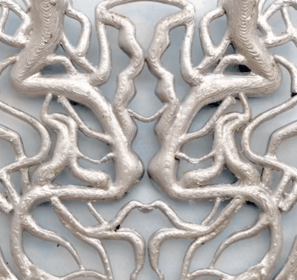

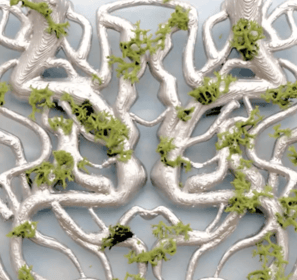

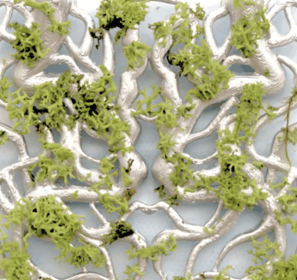

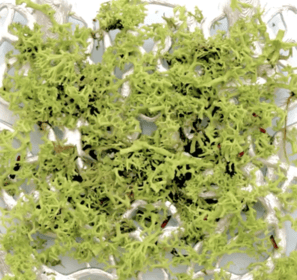

3D renders visualising ProTeo in water bodies
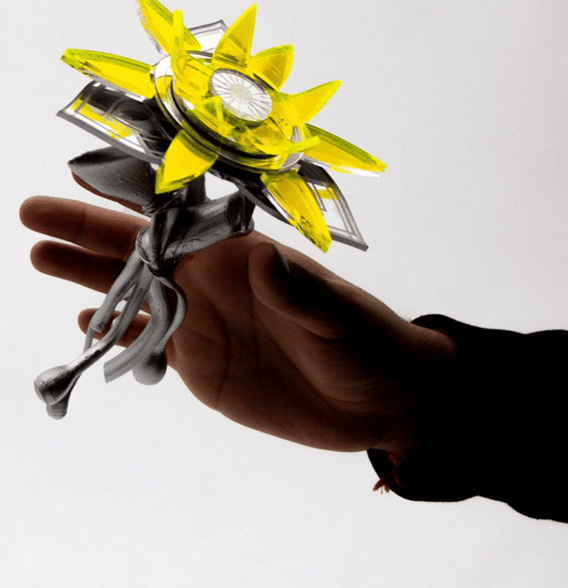

1.5 model for the final design
